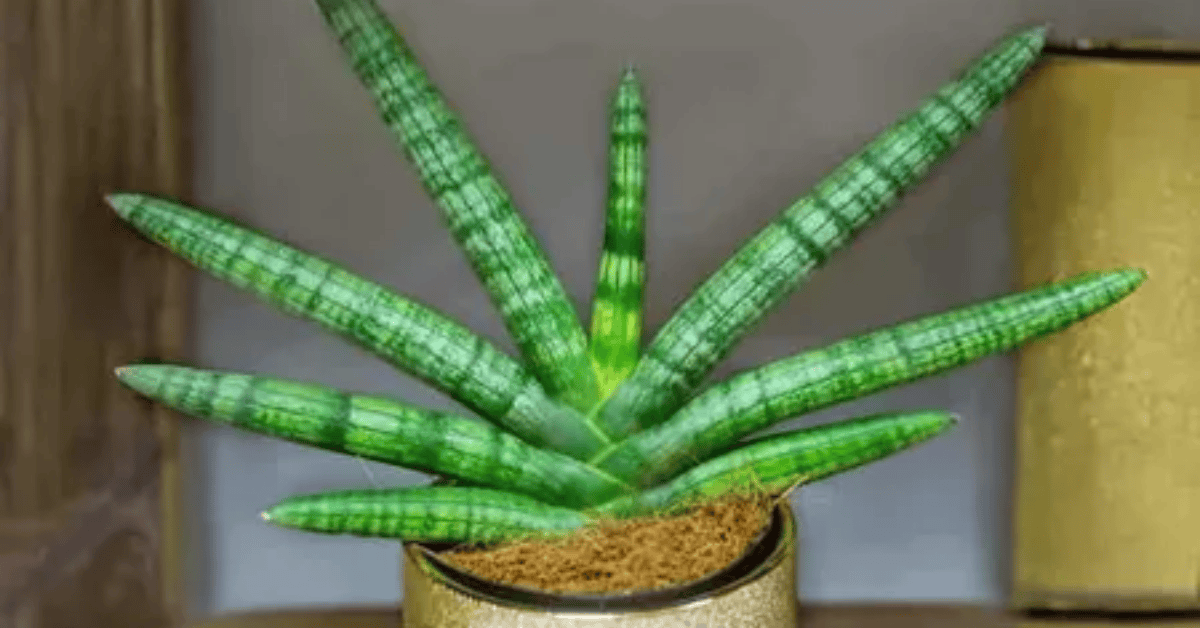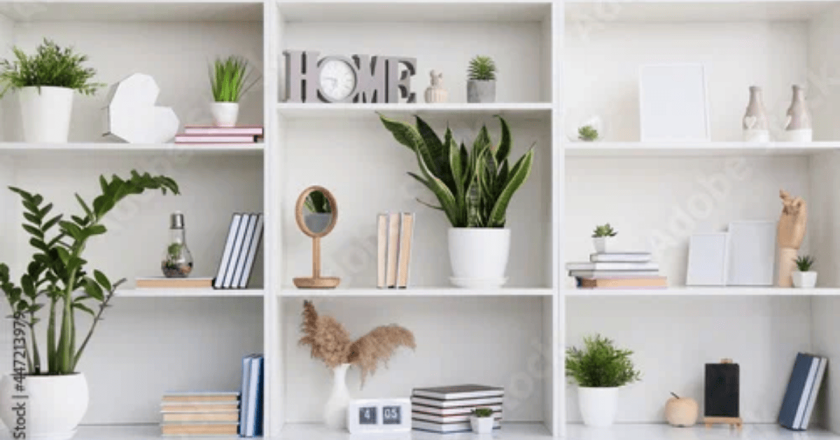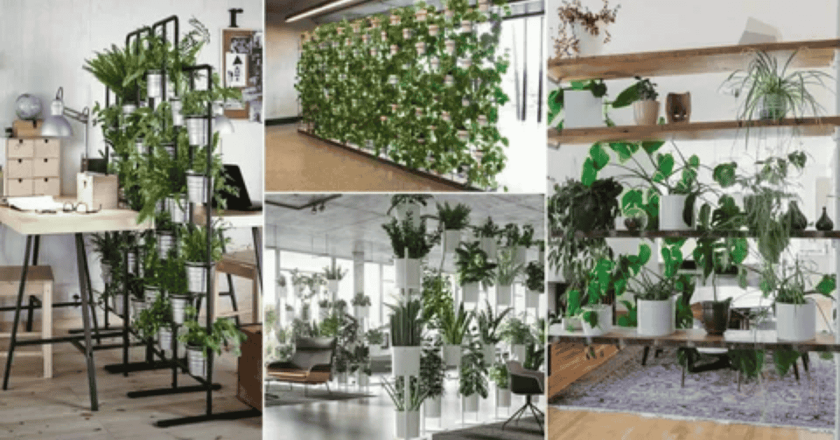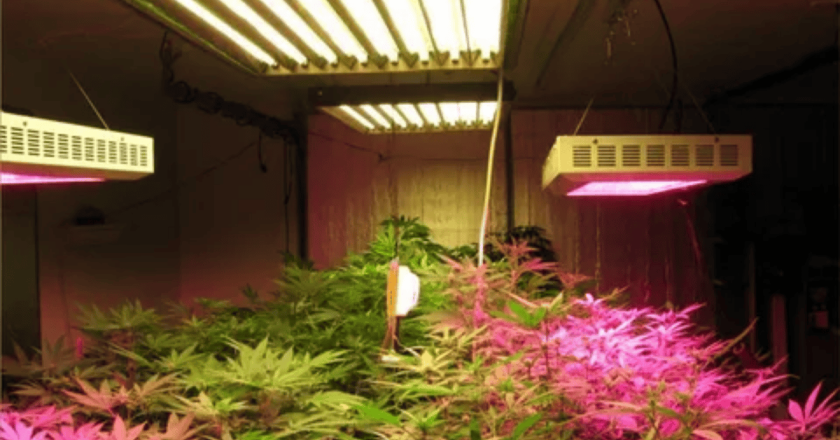There’s something strangely addictive about plants. You start with one—maybe a money tree because someone swore it brings luck. Then, before you know it, you’re on the hunt for the rarest, most unusual greenery you can find. It’s like a treasure hunt, except instead of gold, you’re chasing leaves with odd patterns or flowers that only bloom when the stars align.
That’s the world of Rare Houseplants. They aren’t just decorations. They’re stories, challenges, even bragging rights. I remember walking past a plant shop once and spotting a variegated monstera with creamy white splashes. My first thought? “How much is this going to cost me?” And honestly, that’s part of the thrill—finding something others don’t have, and maybe even paying more than you expected. It feels indulgent, but perhaps that’s why it sticks.
If you’ve ever wondered which rare indoor species are genuinely worth the hunt (and not just hype), then let’s dive in together. Along the way, I’ll drop in care tips and resources—because rare plants, beautiful as they are, can also be a bit temperamental.
Why Rare Houseplants Capture Us
It’s not only about looks, though striking foliage plays a significant role. The reason Rare Houseplants matter is that they’re a mix of exclusivity and effort. Owning a rare philodendron or a rare monstera isn’t just about having leaves—it’s about having leaves other people can’t easily get.
And honestly, it taps into the same psychology as collecting sneakers or watches. Plants become collectable plants. They’re alive, they grow, and each one feels a little different from the next. The hunt itself adds to their value. You search garden centres, scroll forums, and even join plant swaps. Finding that one rare specimen feels like discovering a hidden piece of art.
Think of it like bathroom décor, too—people don’t settle for any plant. They want the right one. If you’re curious about options, here’s a guide to the 33 best plants for your bathroom—some of which are surprisingly rare when you want them to thrive in tricky spaces.
Unique Indoor Plants That Stand Out
Among all unique indoor plants, a few always top wish lists. Some are famous for their patterned leaves, others for their growth habits. Let’s look at some that plant enthusiasts consider worth the chase:
-
Philodendron Pink Princess: Splashes of bubblegum pink across deep green. It’s dramatic and moody all at once.
-
Monstera Albo Variegata: White marbling on massive split leaves. Expensive, but unforgettable.
-
Hoya Kerrii Variegata: Heart-shaped leaves with creamy edges. Cute, and just rare enough to be exciting.
Each of these isn’t just about visuals. They’re conversation starters. You can have a whole room full of greenery, but one variegated leaf will steal the show. It’s the same with classic plants like the Peace Lily—common, yes, but the rare varieties feel like luxury versions of familiar friends.
Exotic Houseplants: A Different World Indoors
Sometimes the appeal of exotic houseplants lies in the fact that they feel almost unreal indoors. Think orchids with intricate blooms, or tropicals that look like they should still be clinging to rainforest branches.
Rare orchids are one example. Some varieties bloom only once a year, and their flowers can last weeks, glowing like jewellery against their dark leaves. Then there are rare tropical plants, such as Anthuriums, with oversized leaves that resemble sculptures more than greenery.
The thing is, caring for these isn’t always easy. Tropical species crave humidity, consistent temperatures, and a little bit of indulgence. If you’re starting, you might want to practice first with something sturdy like a snake plant. Once you’ve mastered that, moving up to rare orchids feels less intimidating.
Collectable Plants and the Thrill of Rarity
Plant collecting has grown into its own culture. Forums, Facebook groups, even trading networks—people treat rare houseplant varieties like baseball cards. There’s prestige in saying, “Oh, this? It’s part of my rare plant collection.”
Sometimes, the obsession even leans toward obsession in the truest sense. People will pay hundreds of dollars for a cutting, not even a full-grown plant. It’s a gamble: you nurture it, hope it roots, and if it thrives, you own one of the rarest foliage treasures around.
But it isn’t only about spending big. Local plant swaps often reveal uncommon houseplants that don’t carry hefty price tags. And honestly, there’s more joy in finding something unique at a neighbourhood exchange than in ordering it online. Much like learning how to care for a money tree, it’s the personal touch that makes the difference.
Rare Foliage That Tells a Story
Unusual foliage plants might not always be the rarest, but they’re the ones people notice. Variegation patterns, curling leaves, unexpected textures—these quirks are why plant lovers chase them.
Take rare variegated plants. The randomness of the patterns means no two leaves are alike. Some leaves may be mostly green, others white, and a few almost split in half with colour contrast. Each plant feels like a one-of-a-kind painting, constantly evolving.
If you’re designing a workspace, a single variegated beauty can make a bigger statement than a dozen common plants. For inspiration, check the list of the 35 best office plants. You’ll see how even common species look elevated when they’re chosen for the right environment.
Hard to Find Houseplants
The phrase “hard-to-find houseplants” can be a little misleading. Sometimes, it’s about geography. What’s rare in one country might be common in another. I once saw a plant labelled as exotic in a London shop, but in Southeast Asia, it was practically growing in ditches. Rarity, then, is a mix of supply, demand, and distance.
Still, certain plants are universally elusive. Rare aroid plants, for example, are notoriously sought-after. Collectors obsess over them for their sculptural leaves and unusual growth. Getting your hands on one often involves waiting lists, bidding wars, or fortunate timing.
And if you’re serious, it’s worth learning about their needs. Rare plants often aren’t forgiving. If you’re still perfecting the basics, you might want to experiment with low-maintenance plants before diving into high-maintenance rarities.
Caring for Rare Indoor Greenery
Here’s where excitement meets reality. Owning rare indoor greenery comes with responsibility. Unlike hardy options such as the Christmas cactus, many rare plants won’t forgive neglect.
A few care essentials stand out:
-
Light: Bright, indirect light is almost always key. Rare plants often scorch in direct sun but sulk in dim corners.
-
Humidity: Tropical species crave moisture. Think pebble trays, humidifiers, or misting routines.
-
Soil: Well-draining mixes prevent root rot—a common killer of rare species.
-
Patience: Growth is often slower, especially with variegated varieties.
It can feel intimidating at first. I nearly gave up on a rare Hoya because it refused to grow for months. Then, one day, it sprouted two new leaves. That small success is part of what makes these plants so rewarding.
Rare Botanical Treasures for the Determined
Some plants aren’t just rare—they’re rare botanical treasures. Think species that botanists hunt in the wild, or cultivars developed after years of careful breeding.
These aren’t plants you casually pick up at a grocery store. They often come from speciality nurseries, curated collections, or sometimes are passed along from other enthusiasts. Owning one feels like joining a secret club.
And even if you never track down the rarest of the rare, learning about them expands your appreciation for plants in general. It makes you notice patterns, leaf shapes, even the resilience of so-called “common” plants. A money tree may suddenly feel more valuable once you understand its rarer cousins.
🌿 Key Takeaways
-
Rare Houseplants aren’t just décor — they’re living collectables that bring excitement, challenge, and a sense of exclusivity.
-
From rare monstera to rare orchids, each plant has a story, often tied to scarcity, unusual foliage, or tropical origins.
-
The hunt itself — whether through plant swaps, speciality nurseries, or online auctions — adds to the thrill of collecting.
-
Success with these plants requires patience, proper care routines, and sometimes a willingness to fail before you succeed.
-
Even one rare specimen can transform a room, proving that quality often matters more than quantity in plant styling.
🌱 Final Thoughts
Chasing Rare Houseplants is equal parts joy and challenge. Some varieties will frustrate you with slow growth or picky needs. Others might surprise you with resilience, even after you almost give up. That’s the beauty of it — plants don’t always perform on cue, and maybe they shouldn’t.
If you ask me, the real reward isn’t just owning a plant that others can’t find. It’s the quiet satisfaction of seeing a new leaf unfurl, knowing you created the right conditions for it. Whether you build a big, rare plant collection or just treasure one or two, the experience is worth the hunt.
❓ FAQs
Q1: What makes a houseplant “rare”?
Usually, it’s a mix of limited availability, unique foliage patterns (like variegation), or species that are hard to propagate and grow.
Q2: Are Rare Houseplants harder to care for?
Not always. Some rare indoor species are surprisingly easygoing, but many do require more attention to humidity, light, and soil.
Q3: Which Rare Houseplants are beginner-friendly?
Variegated pothos, certain hoyas, and smaller philodendrons are good starters before moving on to fussier species like rare aroids.
Q4: Where can I buy Rare Houseplants?
Speciality nurseries, online plant shops, plant swaps, and even local garden groups. Just be cautious about sellers when shopping online.
Q5: Why are Rare Houseplants so expensive?
Because of supply and demand, many are slow-growing or tricky to propagate, which makes them limited and highly sought-after.




